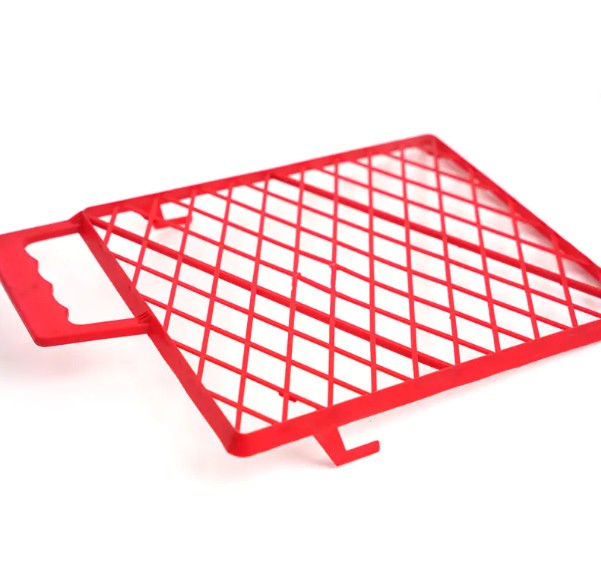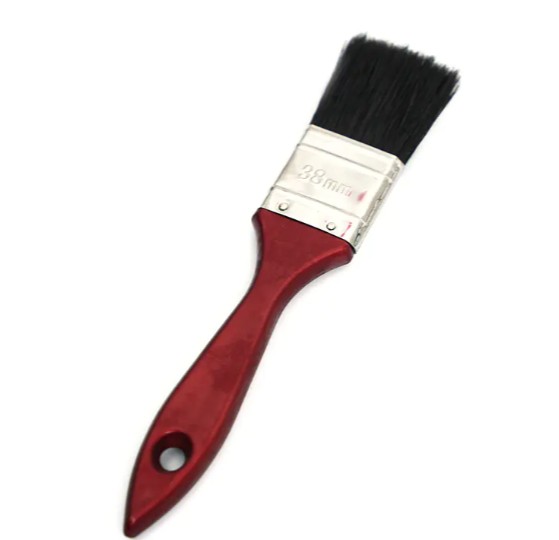The white bristle brush has significant advantages in terms of environmental protection. It is made of PBT polymer material and is completely free of animal ingredients, suitable for vegetarians and ethical consumers. In contrast, natural bristle brushes usually use animal hair such as pig bristles and horse hair. Its production process involves animal husbandry, which not only consumes more resources, but also may involve animal welfare disputes. In addition, PBT materials are recyclable to a certain extent, while natural bristles are difficult to recycle and can usually only be landfilled or incinerated. Therefore, synthetic bristles are more in line with the modern concept of sustainable development and reduce the impact on the ecological environment.
In terms of performance, white bristle brushes show stronger durability and adaptability. PBT bristles have high elasticity and anti-bending properties, and can be restored to their original shape even after long-term use, while natural bristles are prone to splitting, wear and tear, and have a shorter service life. Synthetic bristles also have excellent chemical resistance and can be safely used in a variety of media such as watercolor, acrylic, oil painting and even model paint, while natural bristles are easily damaged after contact with strong solvents. In addition, synthetic bristles have a smooth surface, are less likely to retain pigment, and are easier to clean, requiring only water or mild detergent to thoroughly clean. The tapered PBT bristles also provide more precise brushstroke control, making them suitable for detail painting, while natural bristles will gradually become dull with use, affecting the results of fine work.
White bristle brushes and natural animal bristle brushes each have their own application scenarios. Synthetic bristles are particularly suitable for painting techniques that require detailed expression, such as outlining and stippling, due to their high elasticity and precise brushstrokes, and are also suitable for a variety of pigment types, including watercolor, acrylic and oil painting. Its easy-to-clean properties make it an ideal choice for beginners, reducing learning costs. On the other hand, natural bristle brushes still have certain advantages in traditional oil painting, and their unique texture is suitable for large-area coloring and soft brushstrokes. However, natural bristles are prone to mold in humid environments and are more troublesome to maintain, especially the cleaning of oil-based pigments requires special brush cleaning liquid.



 Español
Español







